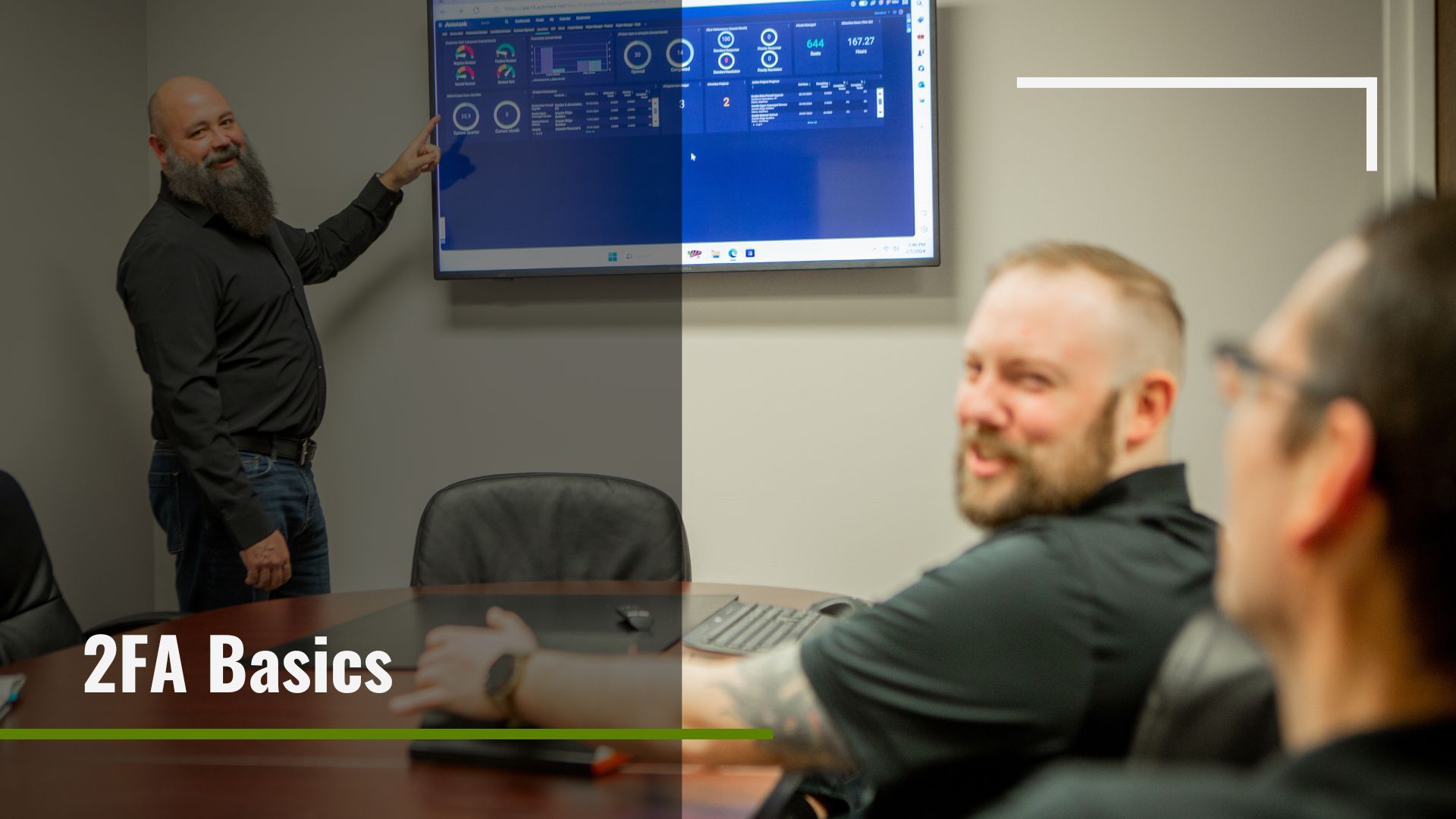The Basics of 2FA Verification

Have malicious hackers accessed your social or business accounts? Learn more about the basics of 2FA verification and decrease the likelihood of data breaches by implementing 2FA verification on your accounts.
What Is 2FA Verification?
Two-factor authentication is a verification process that strengthens security by requiring two verification methods. 2FA is a common type of multi-factor authentication (MFA), and IT professionals recommended it for all kinds of businesses.
IT experts install 2FA on doors, buildings, and ATMs, but this type of MFA is also used by websites or web stores when you make an account. Using 2FA provides a necessary extra layer of security.
Examples of 2FA Verification
Common examples of 2FA are:
- Verification codes
- Biometrics such as facial recognition or fingerprints
- PINs
How Does Two Factor Authentication Work?
2FA works by adding an extra layer of security to your logins. Instead of simply having a username and password, you must provide an additional piece of information, like a fingerprint, or a code generated by an application like Duo or Google Authenticator to access your accounts.
Without that extra piece of information, an unauthorized user will have a much harder time gaining access to your account.
Just having a username and password isn’t enough, especially on cloud-based platforms or platforms with sensitive data. Google found that users with 2FA stop 100% of automated cyberattacks, including phishing scams, by having an extra layer of security.
How Secure Is Two Factor Authentication?
2FA is a secure way to protect your personal and company data if implemented correctly. If one of your factors is an easy-to-guess or weak password it isn’t a secure authentication factor.
Studies show that 64% of people admit to using the same password for multiple accounts, which is extremely dangerous. If you use the same password across multiple or all of your accounts, hackers not only have access to one platform—they have access to all platforms with that password.
So, how can you securely implement 2FA? First, let’s learn about the different types of 2FA verification.
Types of 2FA Verification
There are three types of 2FA verification:
- Knowledge: Information you can prove you know to gain access to something, like passwords and PINs.
- Possession: Something you own or possess, like a mobile phone and one-time security codes.
- Inherence: Something you inherently are, like a Face ID scan or a fingerprint scan.
Combining two of three factors creates a strong 2FA verification when you use them correctly.
How To Set Up Two Factor Authentication Successfully
You can do a few things to make sure your 2FA is secure—it’s all about setting it up properly. Every platform has its own steps for setting up 2FA, but they follow similar best practices. 2FA best practices include:
Using a Non-Personal Phone Number
When using an SMS 2FA, it’s best to use a phone number that isn’t connected to your phone or personal information.
Consider setting up a Google Voice number or WhatsApp number for 2FA verification.
Vary Your 2FA Verification Methods
If you use 2FA for several accounts, always switch up the verification methods. Don’t use SMS as your additional layer of security for every platform—consider using SMS for one account, face ID for one, and security questions for another.
Switching up your verification increases the safety of your information. If a hacker cracks the 2FA verification on one account, they’ll only have access to that singular account instead of all of them.
Add Recovery Account Immediately After Creating New Accounts
The earlier you add recovery accounts to your new email, drive, or software, the better. Your recovery account can be an email, phone number, authenticator app, or push authentication.
If you forget your password or get logged out, you can use the recovery account to access your information again.
What Not To Do
To ensure your 2FA is as effective as possible, consider the following:
- Don’t use the same password for all of your accounts.
- Don’t create easy-to-guess passwords.
- Don’t use a personal phone number for SMS 2FA.
More importantly, do contact a managed services provider to set up effective 2FA verification. IT professionals know more about protecting your data than anyone else, so contacting them for guidance ensures your data is as safe as possible.
Where Can I Get Started?
If you’re looking for help with 2FA verification, contact G6 – Military Grade IT. Our IT experts guide you through the setup process and help retrieve your data if it’s stolen.
Learn more about our superior 2FA verification measures today.

